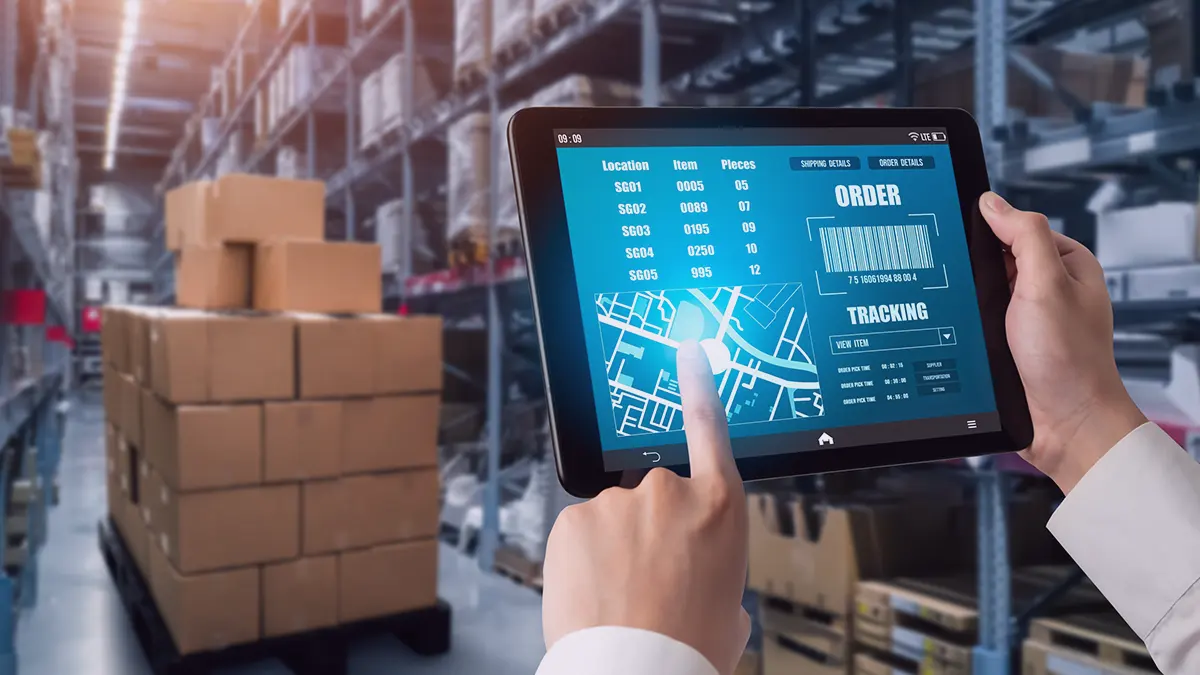
How AI change demand forecasting in the supply chain?
Discover how artificial intelligence is revolutionizing inventory management and helping businesses stay ahead of market fluctuations.
Blog about modern technologies and solutions for industry and business

Discover how artificial intelligence is revolutionizing inventory management and helping businesses stay ahead of market fluctuations.

Dealing with operational disruptions is part of a manufacturing company’s daily routine. But in many companies, the reporting process is neglected and involves phone messages, paper letters, and complex entries on a central screen. See how digital maintenance responds to these problems.

Vendor lock-in is a concept overly often associated with the IT industry, and in recent years, especially with cloud computing, although it is not inextricably linked with them. Economists considered it in a broader context long before the world first heard of AWS or Azure. From a customer and user perspective, it has tended to be viewed negatively, often creating reluctance and fear of using a particular service or product.
At first glance, the problem is not trivial in the public cloud area. Even the main beneficiaries of the phenomenon, i.e. the largest cloud providers, have decided to raise the issue on their official websites, so clearly something must be…
And whether it actually is, we will check in this article. We’ll look at the risks of vendor lock-in for organizations planning cloud adoption. We’ll also consider whether using multiple vendors (multi-cloud ) simultaneously can be a good recipe for improvement. In addition, we will take a look at the hybrid cloud.

Augmented Reality has helped the manufacturing industry in numerous ways. One of the significant benefits is that it allows workers to visualize and interact with digital models of products and processes in real time. This helps in identifying errors and potential issues in the production process, which can be corrected before they lead to wastage of resources.

Among project management applications, you can find simple tools that address a single employee’s needs, as well as comprehensive environments for managing an entire portfolio of projects. Our text is addressed to those who want to bring order to work management, centralize processes and gain a single environment for conducting multiple activities. We present the most important functionalities of the Jira Cloud system integrated with the Structure application and Structure.Gantt from ALM Works.

Cloud-based data platforms revolutionize manufacturing data management by efficiently handling vast amounts of data in real-time. Manufacturers can collect data from various processes, analyze it with advanced tools like AI/ML algorithms and BI, and make informed decisions. These platforms offer key benefits, vital elements, and integration with Data Strategy.

Very often overlooked or accepted as-is due to being an integral part of the production – in times of crisis and cost-cutting, it can become a major factor that improves the bottom line of your organization. Where to look for significant energy savings to reduce energy costs? How manufacturers should focus on these goals to make an impact?

According to the German Federal Statistical Office, energy consumption by the industry for the production of goods hardly changed between 1995 and 2019. In 2019, it amounted to 3,874 petajoules. This means that it remains at the same level as in previous years. Germany plans to halve its primary consumption of energy by 2050, with the industry having to take part. In the era of the energy crisis, the drive to improve corporate energy efficiency is entering a new level.

In the manufacturing industry, efficiency is key to staying competitive and profitable. One way to improve efficiency is through data visibility. By having access to real-time visibility of the operational data throughout the manufacturing process, companies can identify bottlenecks, monitor production lines, and make data-driven decisions. In this article, we’ll explore how data visibility can help manufacturing companies improve their efficiency and ultimately their bottom line.

We are all blessed to live in very exciting times. Exponential technological progress over the last couple of decades has influenced not only our personal lives but also heavily impacted business. Trends are obviously evolving occasionally, but it is safe to say that now is the time of advanced analytics.

In this article, I’ll guide you through the steps, technical choices, and trade-offs of migrating and modernizing apps to the public cloud, emphasizing beyond lift & shift and PaaS approaches. Using a real-life example, we’ll consider business goals, architecture, and functional/non-functional needs. Business factors will be discussed in the next article.

Cloud computing is constantly changing and evolving. What we see today is different from what it was yesterday and not the same as it will be tomorrow. The only constant is change. Today, conversations about change are not only with IT departments but also, before all, with the business, including marketing, HR, or finance departments. Each has different needs, which can be addressed by the cloud.